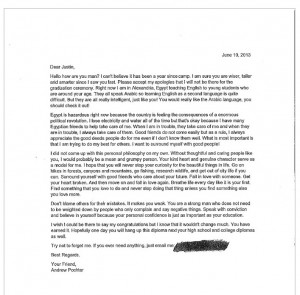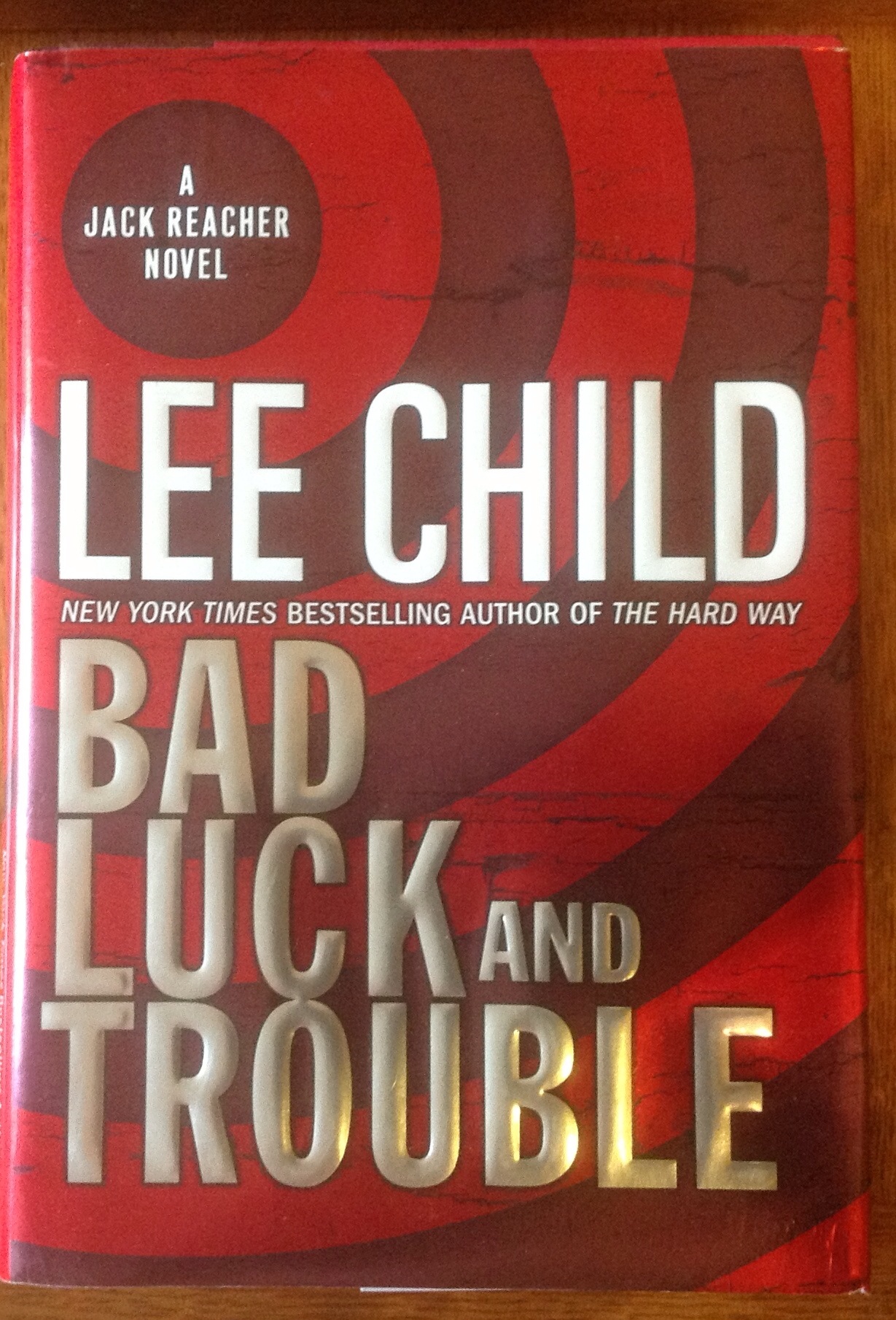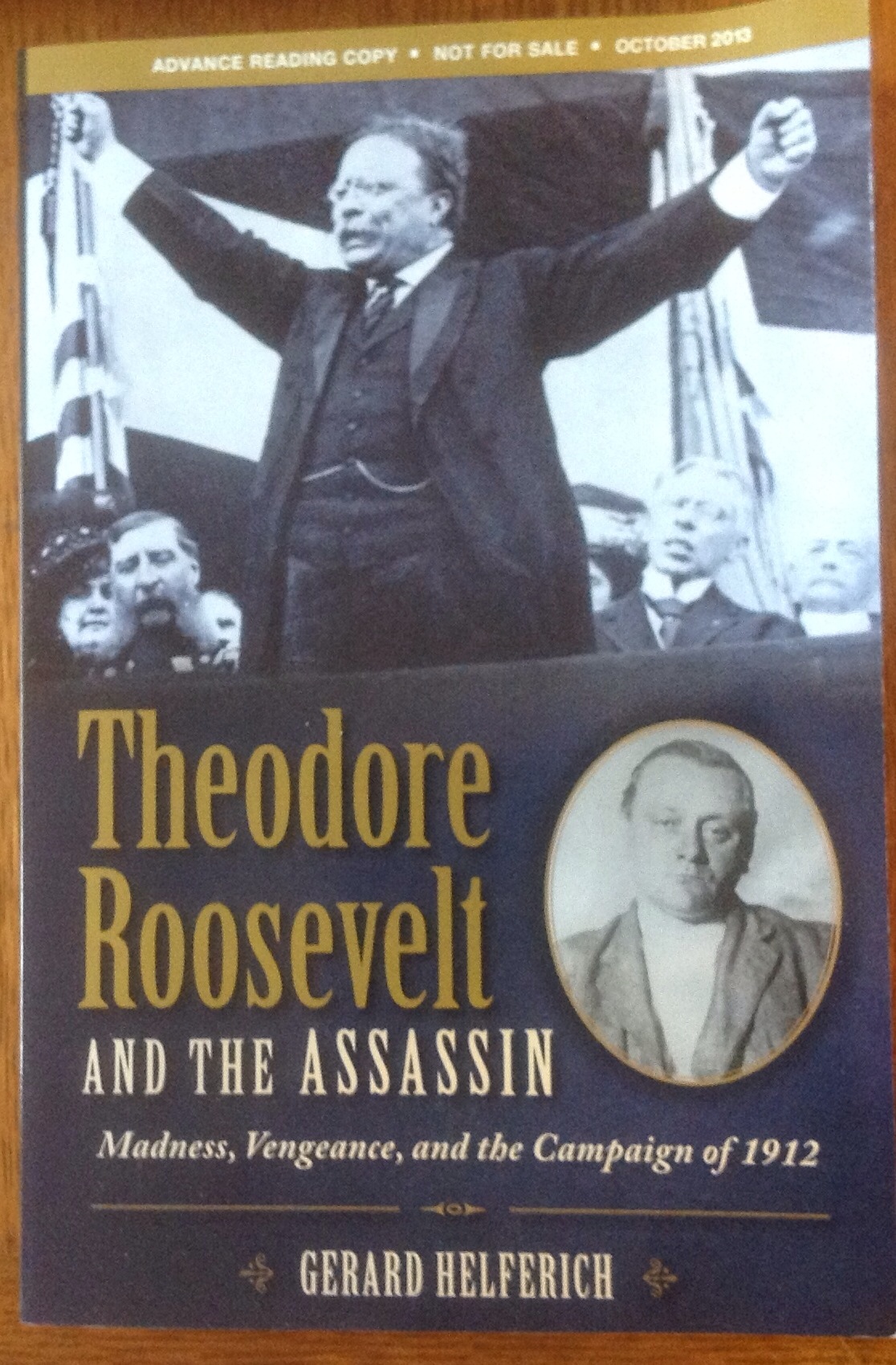July 24 Update: Wilbert Rideau, whom I wrote about below, recently published an Op-Ed in the NY Times, “When Prisoners Protest.”
—–
As indicated by my mini-barrage of tweets yesterday, I was pleased to read in this NY Times article that Angola Prison in Louisiana recently provided historical materials and artifacts to the Smithsonian’s National African American Museum of History & Culture, to be located on the National Mall in Washington, D.C. Curators plan to actually rebuild a guard tower and inmate cell as an exhibit in the museum. Patricia Cohen’s story also examines Angola’s fraught racial history, in which it served as a kind of instrument for Jim Crow-era justice. More recently, prison officials have shown a willingness to let its record be examined, certainly more than similar penal institutions, opening a museum just outside their gates and working with the Smithsonian. I know about Angola Prison because inmates there publish an excellent newspaper called The Angolite that has won national media awards. Its editor-in-chief was Wilbert Rideau, an Angola inmate whose first trial led to a conviction and death sentence for his role in a robbery that led to the death of a bank teller. He spent eleven years on Death Row. In subsequent trials his capital sentence was reduced to life in prison. In 1975 he began working on The Angolite. In 1992, he and fellow inmate editor Rob Wikberg published Life Sentences: Rage and Survival Behind Bars with Times Books at Random House, where I began working five years later, in ’97.

One of the first titles I acquired after arriving at Times Books–a book to which William Styron would then contribute a powerful Introduction–was Dead Run: The Shocking Story of Dennis Stockton & Life on Death Row by Joe Jackson and William F. Burke. Protagonist Stockton was a convict on Death Row in Virginia, who kept a diary in the run-up to the mass escape of six fellow inmates. His diary became a source to Dead Run co-author Burke, then a reporter at the Norfolk Virginian-Pilot. Thus, Stockton became a kind of inmate journalist, or as is said now, a citizen journalist. Because Life Sentences, drawn largely from the files and pages of the Angolite, had already sold well–I got the copy photographed below in ’97, with a copyright page which shows that even then the title had already gone through seven printings–my senior colleagues gave the nod to me acquiring Dead Run with alacrity. It received many prominent endorsements and reviews, including one in The Angolite (“Unlike other books by inmates, employees, or outsiders, Dead Run provides an authentic verified, objective view of the prison world.”). It sold pretty well in hardcover (selling about 8,000 copies) and Walker & Company published it in trade paper, with a great jacket (below). I chronicled the story of how I got Styron involved in championing the book with me in an essay I published in the BN Review, almost two years ago. The writing and publication of that personal essay led directly to my decision to create a personal blog, what became The Great Gray Bridge. The day before Halloween in 2011, I titled one of my first posts My Encounter with William Styron.


In 1993 LIFE magazine had dubbed Wilbert Rideau “the most rehabilitated prisoner in America.” By then, he had already served longer than any comparable Angola inmate. He was finally released in 2005, after 44 years of incarceration, following a fourth trial in which he was judged guilty of manslaughter. His sentence on that conviction was 21 years, far less than what he’d already served. Upon his release Rideau set out to write a memoir. Then Executive Editor with Carroll & Graf of Avalon Publishing Group, and known for publishing prison titles, I was on the submission list of possible acquiring editors for his representative, Washington D.C. attorney Robert Barnett. Offered the opportunity to meet with Wilbert during his face-to-face publisher meetings, we did invite him to our 17th Street office in Manhattan’s Chelsea neighborhood. I recall that Wilbert came with his co-writer/partner Linda LaBranche. I found him a calm and self-possessed man, with a quick wit and an eagerness to meet my eye. I remember proudly telling Wilbert that one of the main reasons I had begun acquiring, editing, and publishing prison books, and books about miscarriages of justice, and plights of the wrongfully accused, was because of the early success of his first book, Life Sentences.
We did bid for the rights to Wilbert’s book, putting together what was for Avalon a rather aggressive offer, but it was unavailing. Knopf got the book and in 2010 they published In the Place of Justice: A Story of Punishment and Deliverance. I see that it’s available in trade paper, ebook, etc., and got great reviews. Next to the cover is a photo of Wilbert flanked by Robert Barnett and Ted Koppel. Other important works that Wilbert has created, or cooperated in the creation of, include “The Farm,” for which he was co-director, and independent radio producer David Isay’s portrait, “Tossing Away the Keys.”

Please note: All the book links in this blog post are live and go to the website of Powell’s Books in Portland, Oregon, if you want to buy Life Sentences, Dead Run, or In Place of Justice. Under an arrangement I’ve made with Powell’s they return a portion of your purchase price to help me maintain this website.


















